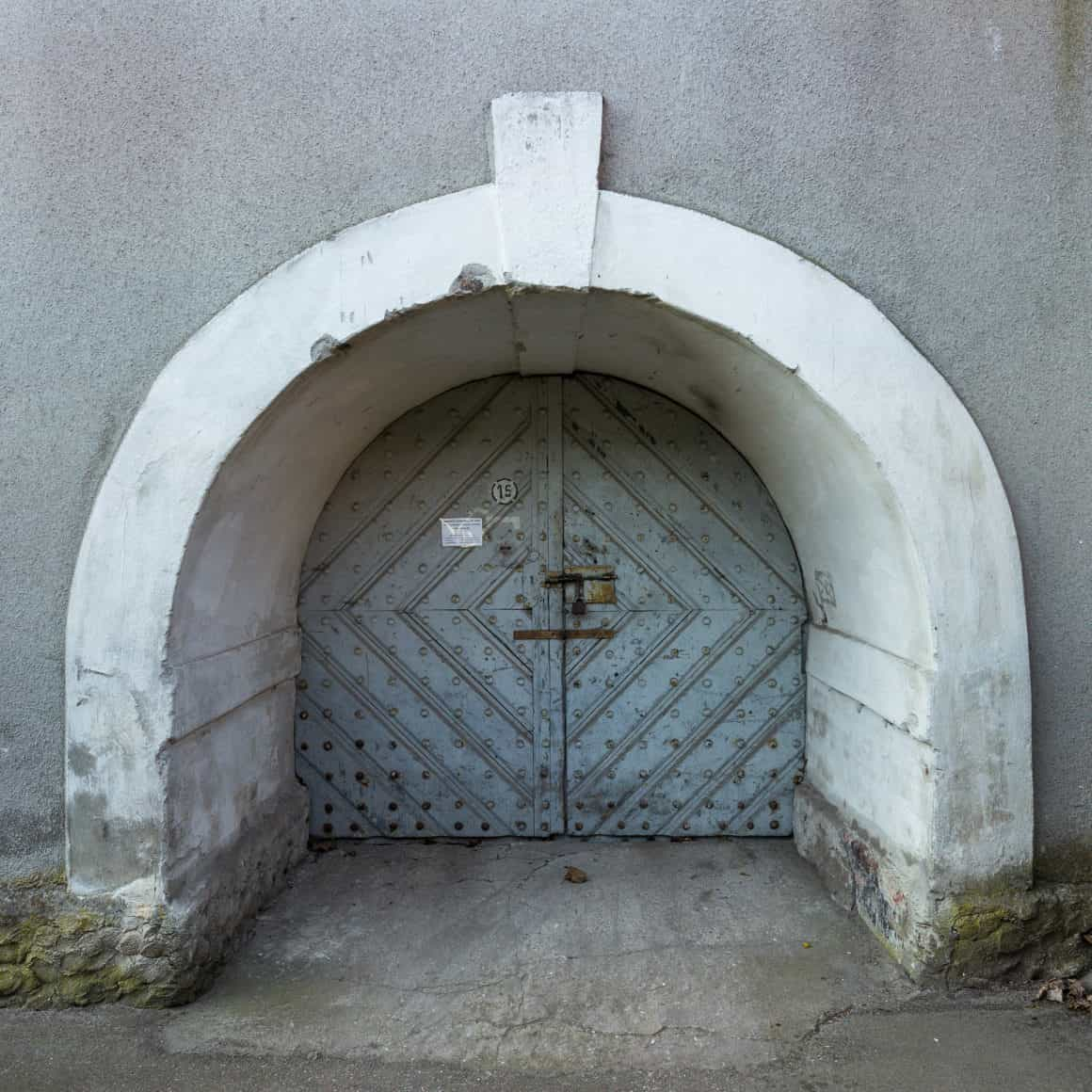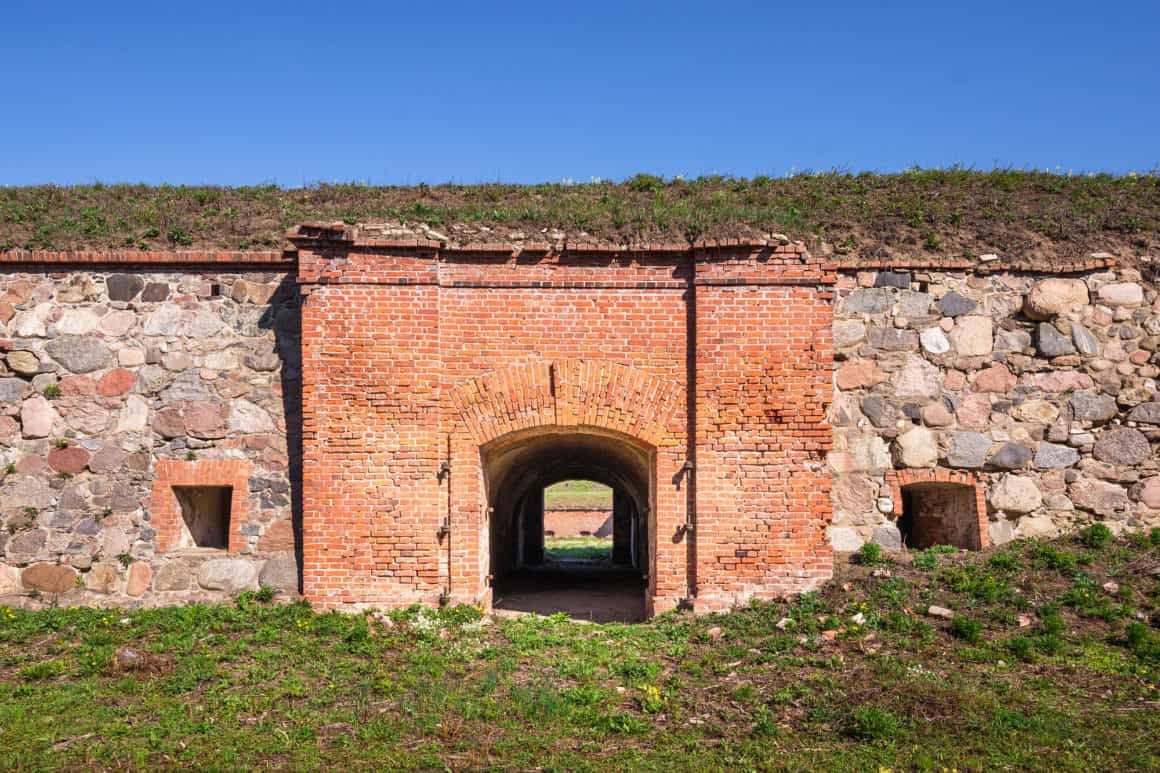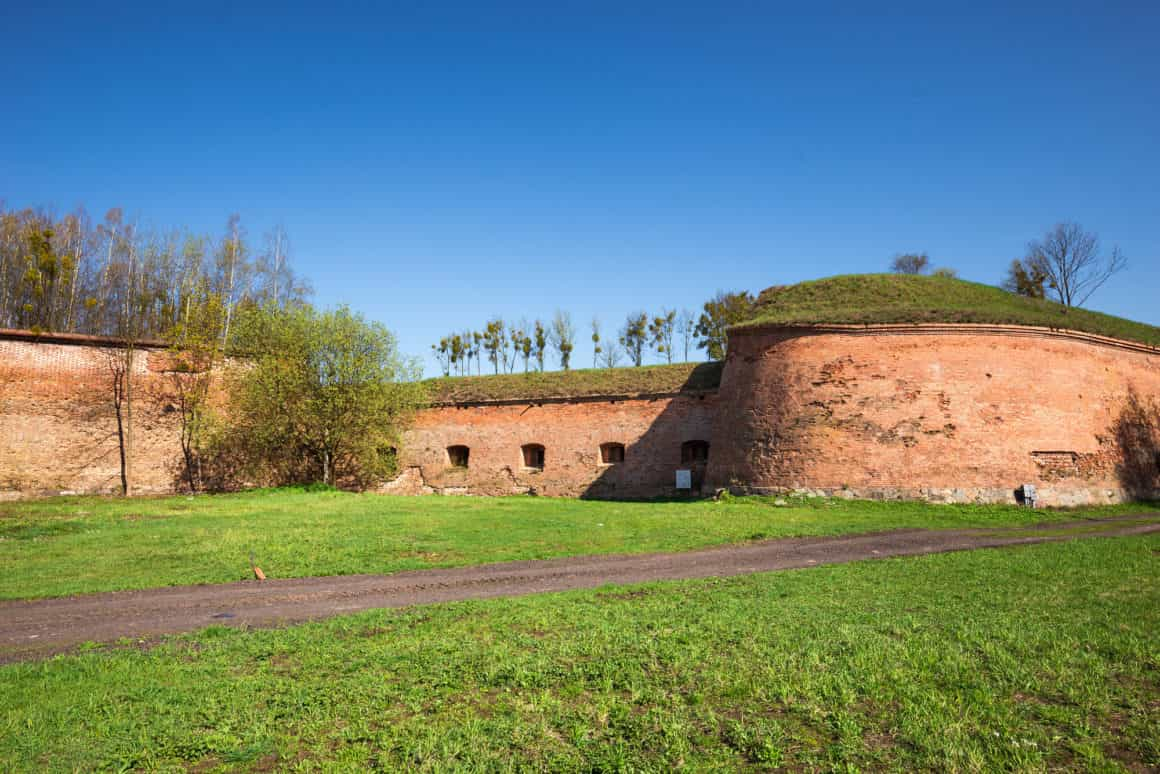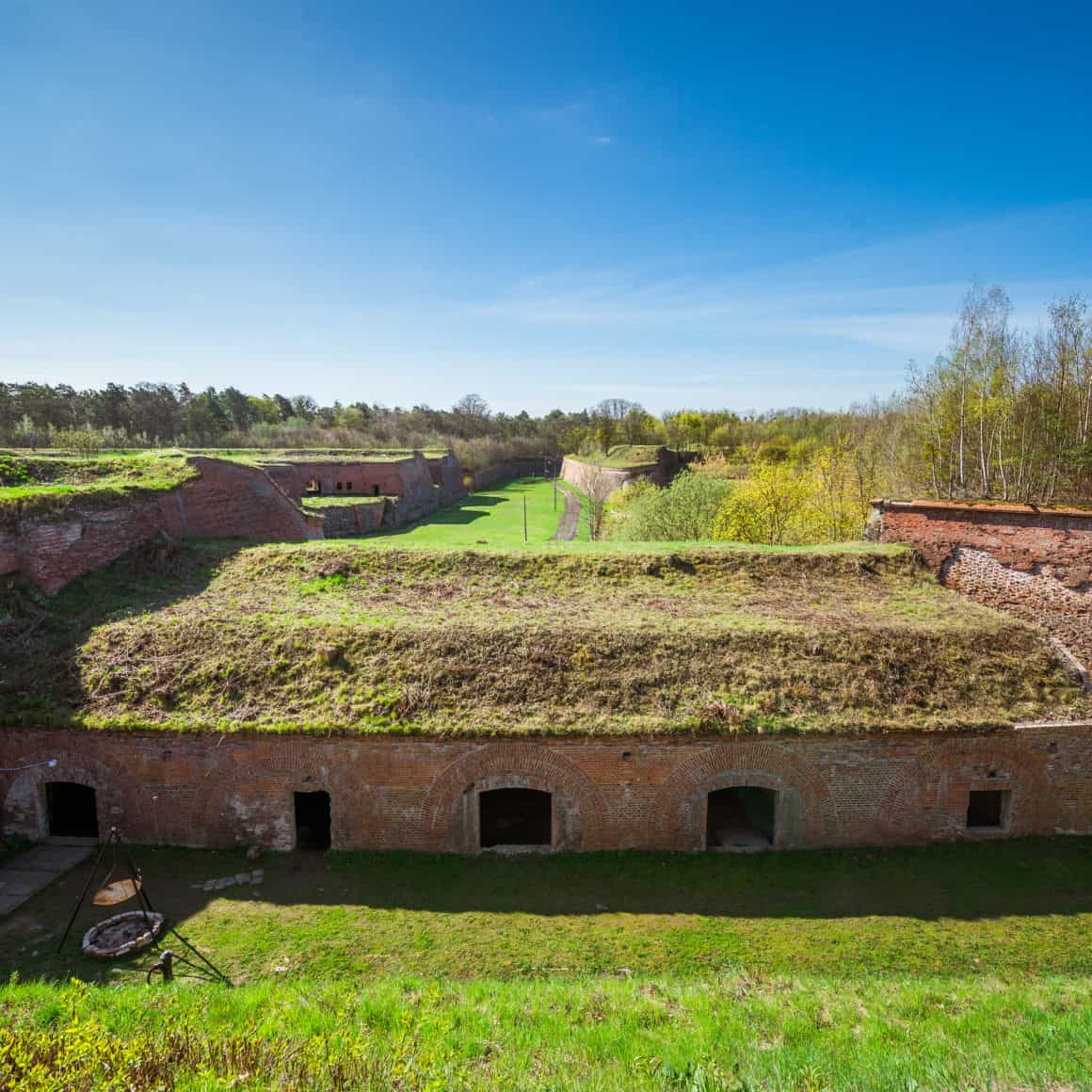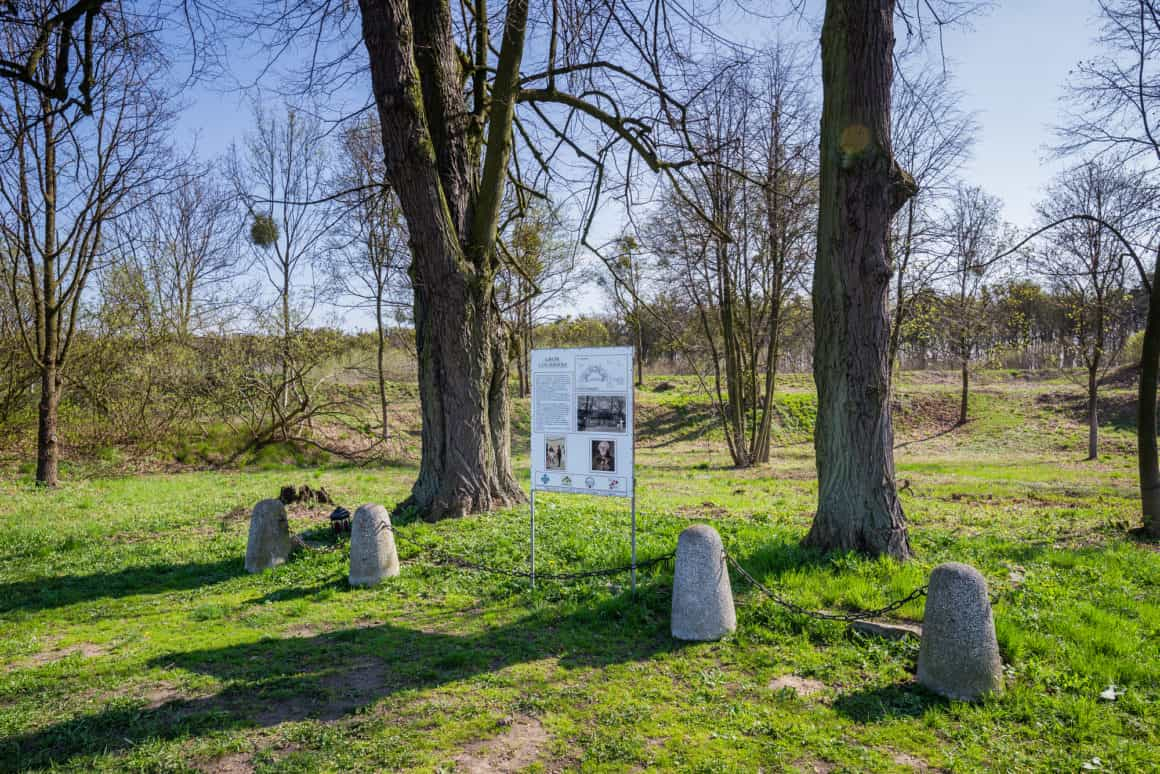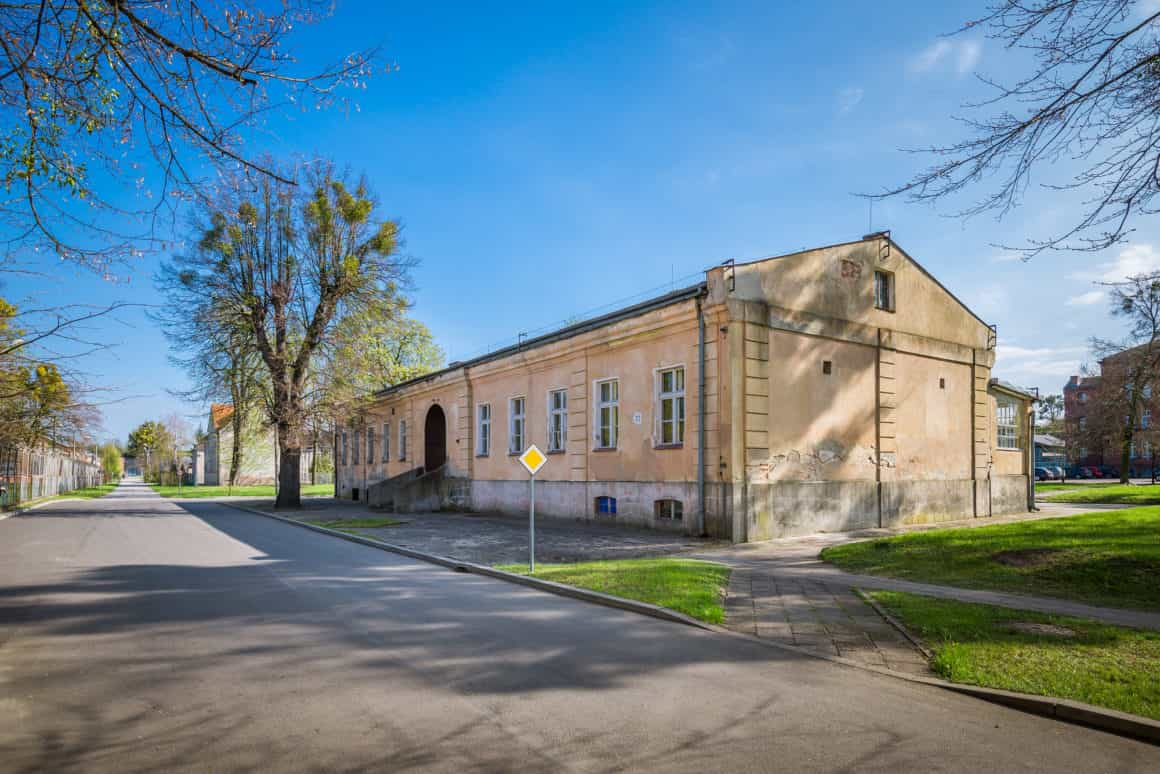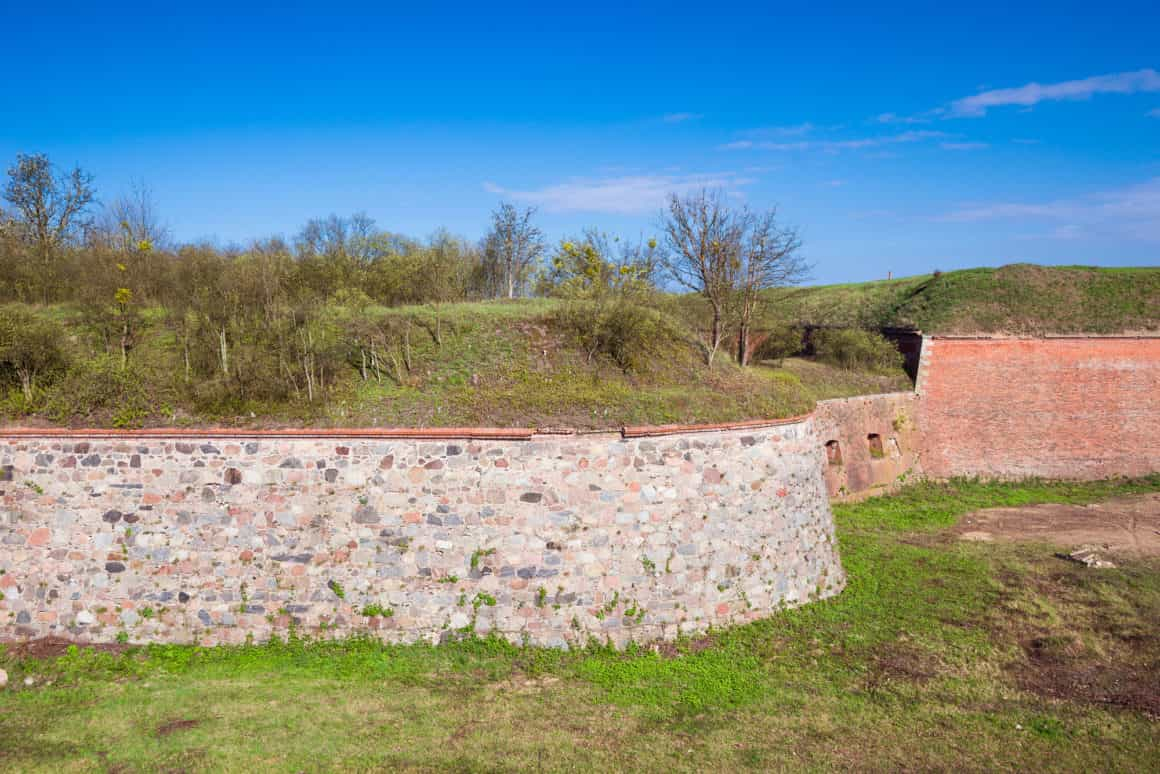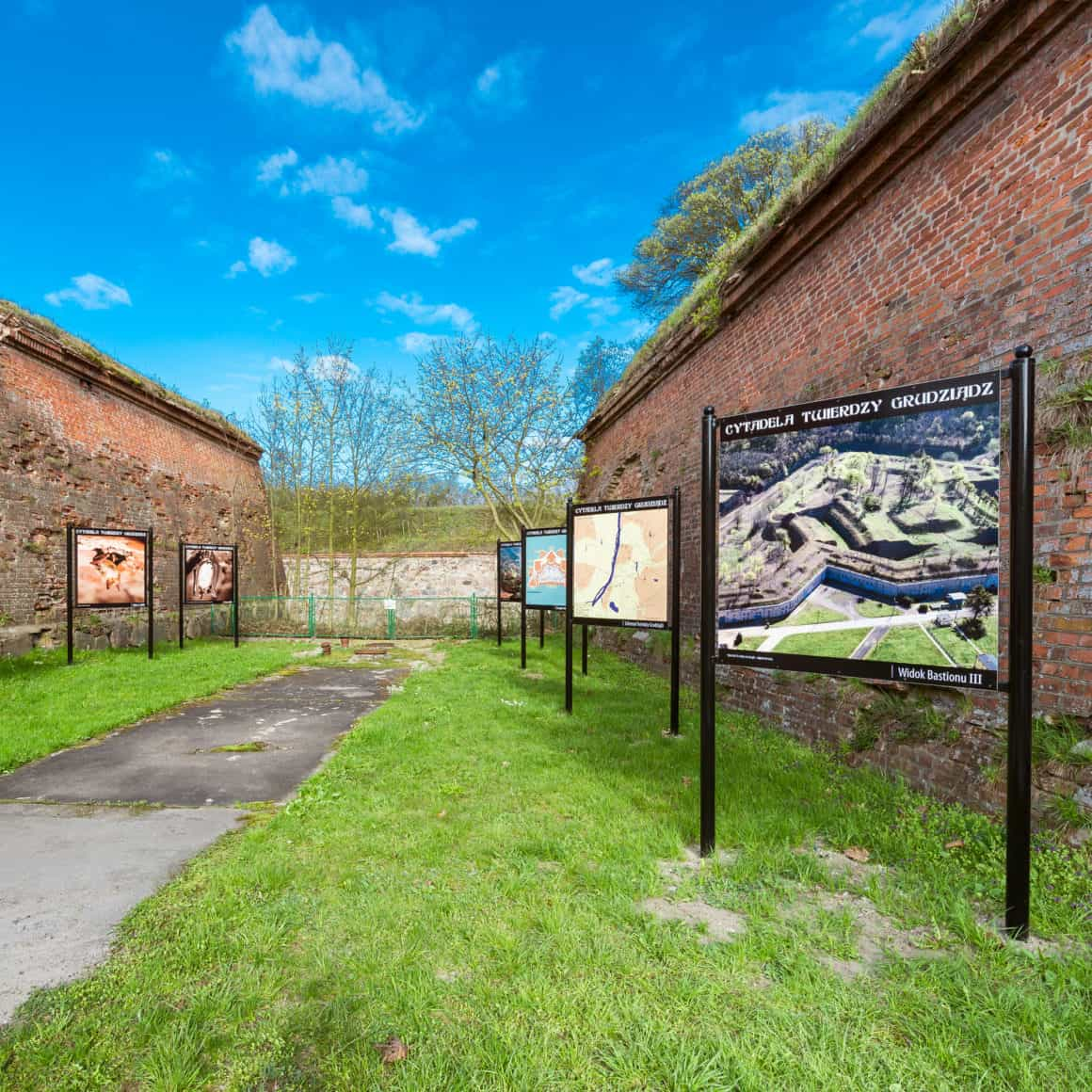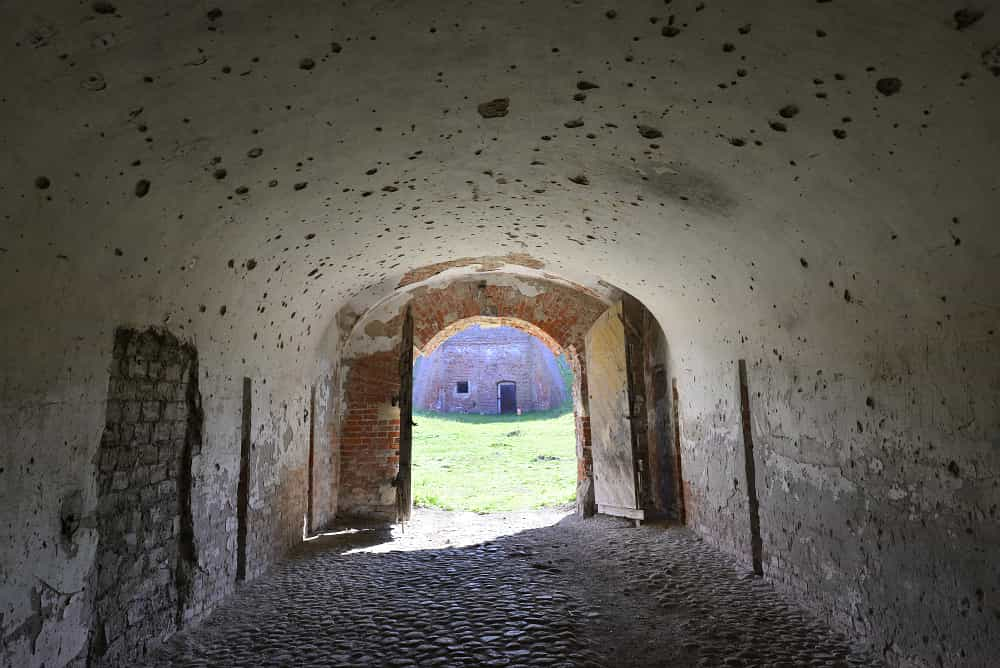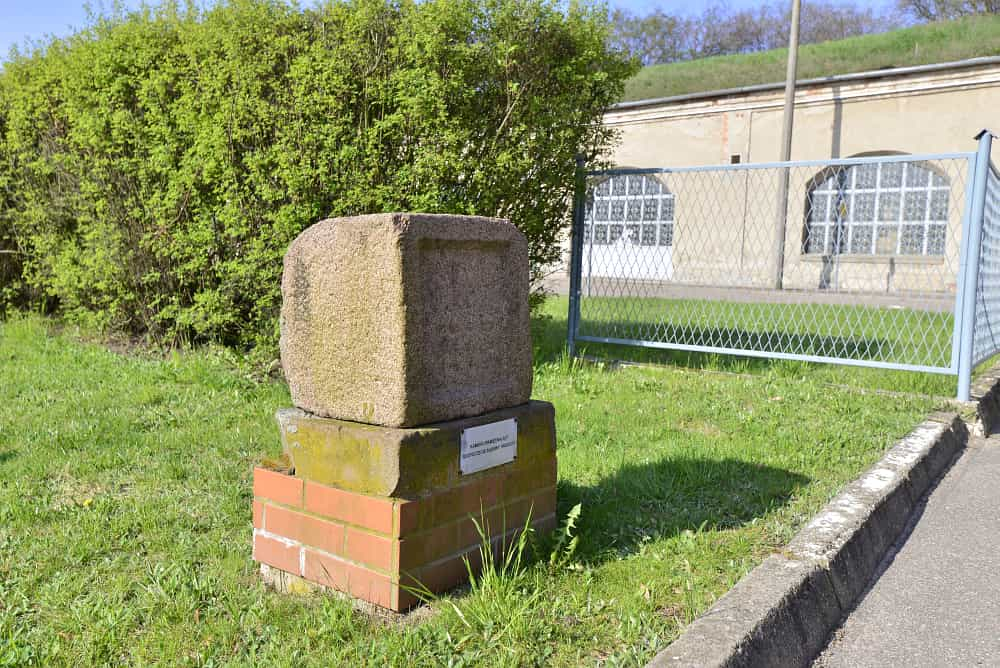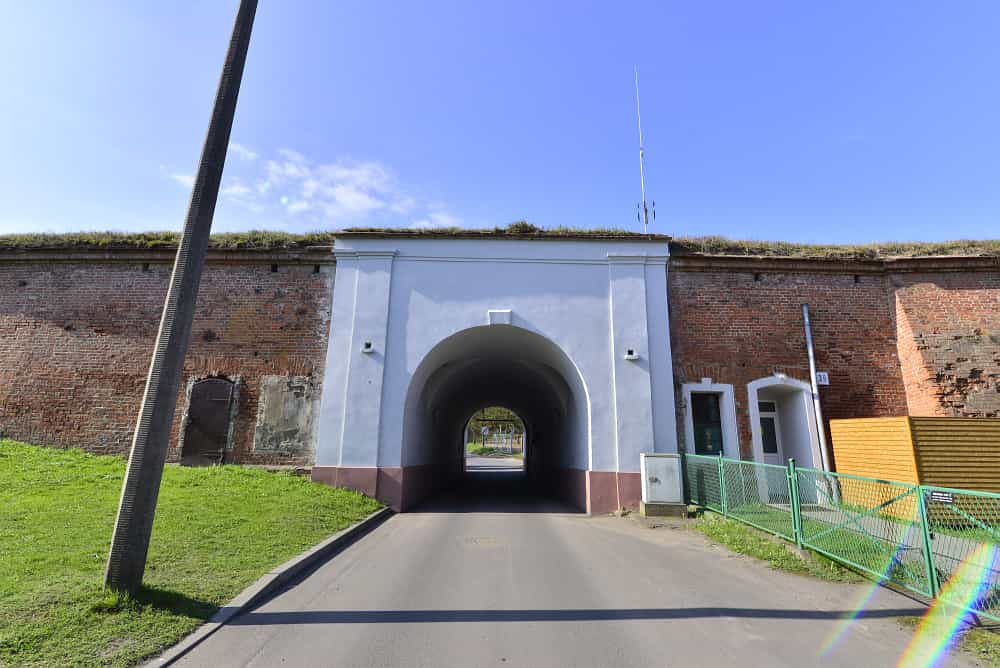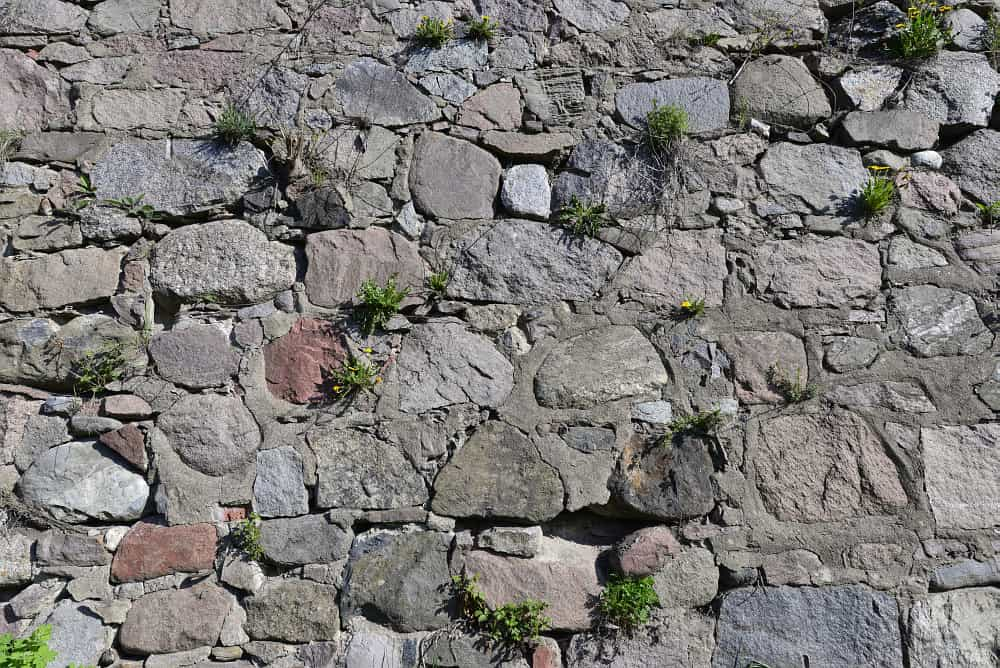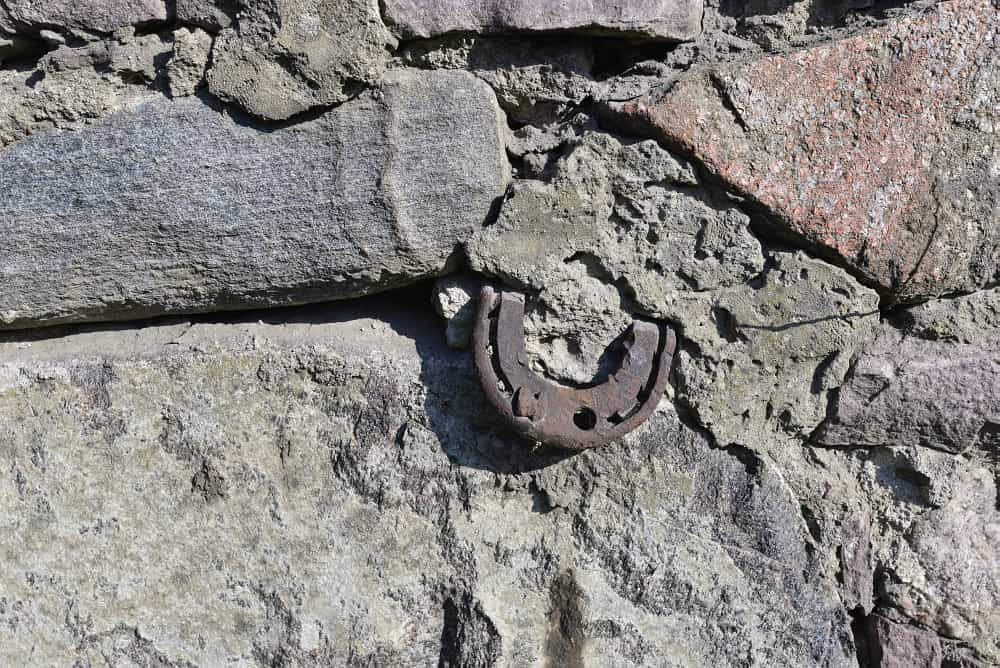After the first partition of Poland in 1772, the main strongholds of Pomerania, Gdańsk and Toruń remained in the Polish hands. Frederick II, King of Prussia, predicting an unavoidable war with Russia, ordered construction of a stronghold on a Vistulan hillock between Kwidzyn and Grudziądz.
- HISTORY – Its construction started in 1774 to design by Count d’Heinze, who in the same year left his job due to illness. He was replaced by a Swiss in Prussian service, engineer Paul von Gontzenbach, who built earlier the stronghold in Srebrna Góra, Kłodzko area. Pomerania’s geological conditions were completely different – one had to battle water, silt and sand. After two floods, Frederick II agreed to move construction of the stronghold to the proximity of Grudziądz. The Grudziądz Citadel was erected 1.5 km north of the city, on a tall bank on the Vistula riverbank. This place had great natural surrounding; from the north – by the Osa River, from the east and south – by the Trynka Canal.
- CONSTRUCTION OF THE STRONGHOLD – The stronghold was outlined on June 6, 1776 during visitation of the construction site by King Frederick II. It is commemorated by the stone standing in the area of the donjon with an inscription ‘6 Juni 1776.’ Construction works progressed at a fast pace. Miners from Silesia were brought to build miners’ heading; several brickyards were built on site. 6.918 people, including 367 bricklayers, were working at construction of the stronghold. When there were not enough bricks in 1780, works started on demolition of the old Teutonic castles in Rogoźno and Grudziądz. Construction project consumed an unimaginable amount of 130 million bricks. Difficulties of technical nature made that fortifications required deeper foundation and trenching because of many springs flowing out of the area. The estimate worth 1.8 million thalers was insufficient; therefore, construction of some headings was abandoned. Out of 56.400 meters of corridors, only 32.000 were built; landmines were also laid under the bastion and ravelin embankments in case they were captured. Construction of the stronghold was completed in 1789 and its final cost amounted to 3.671.146 thalers.
- ARCHITECTURE – The floor plan of the Citadel was based on the middle of a regular octagon with a centrally placed donjon, five bastions and four ravelins. From the direction of the Vistula River, the courtyard was closed with the Great Warehouse, which featured many utility rooms, including a granary storing flour, bakery, blacksmith’s shop, and stewards’ apartments. The lower floor was occupied by a brewery, distillery, storage rooms, and stables. Access to the Citadel was offered by four gates: the Upper Gate from the south (today’s entry from Czwartaków Street), the Lower Gate from the north, and a couple of Water Gates from the direction of the Vistula River. The stronghold was reinforced from the south by the Hornwork called ‘Dzieło Rogowe’, construction of which started in 1788.
- THE SIEGE OF THE STRONGHOLD – The Grudziądz stronghold fulfilled its military role only once, during the Napoleonic wars in 1807. In that period, the Citadel was blocked and besieged by the French and Polish armies since January. The defense of the stronghold was manager by General Baron Wilhelm de Courbiere. The siege ended with a treaty signed on July 9, 1807 in Tilsit (Tylża); however the army withdrew and stopped the siege only in December of that year. During the fights, only 23 soldiers died out of the whole defending garrison of 5.813 people, whereas 751 died as a result of epidemic. Due to revolutionary progress in military craft, the stronghold lost its status as early as the mid-19th century; however, after construction of a bridge over the Vistula River in Grudziądz in 1879 its military value was restored. In 1920, the Citadel was taken over by the Polish Army, which placed the 18th Pomeranian Cavalry Regiment of Uhlans in the stronghold.
- PRISON – In the past, the Grudziądz Citadel, in addition to its military function, served also as a political prison. Some of its inmates included soldiers who participated in the November Uprising; in 1838–1839, the cell over the Lower Gate was used for imprisonment of German poet Fritz Reuter for his affiliation to student organizations supporting unification of Germany. In 1910, a museum displaying the poet’s memorabilia was established in the cell. During World War I, Entente officers were detained in the stronghold. Prisoners of war and civilian people were imprisoned in the Citadel during World War II.
- VISITING – These days, the Citadel is occupied by the army, although it is also open to the public for touring. The best period to visit the stronghold is between May 3 and November 11, between noon and 3:00 pm. In that time guided tours are free of charge. In all other times visiting of the stronghold is possible after previous arrangements with the Rawelin Association, foreigners need the special permission from the military authorities.
Cytadela, 1 Czwartaków Street, 86-300 Grudziądz
Tourist Services: Rawelin Association
1 Anny Walentynowicz Street, 86-300 Grudziądz,
tel. +48 56 458-26-50, +48 504-991-262, www.rawelin-grudziadz.pl


